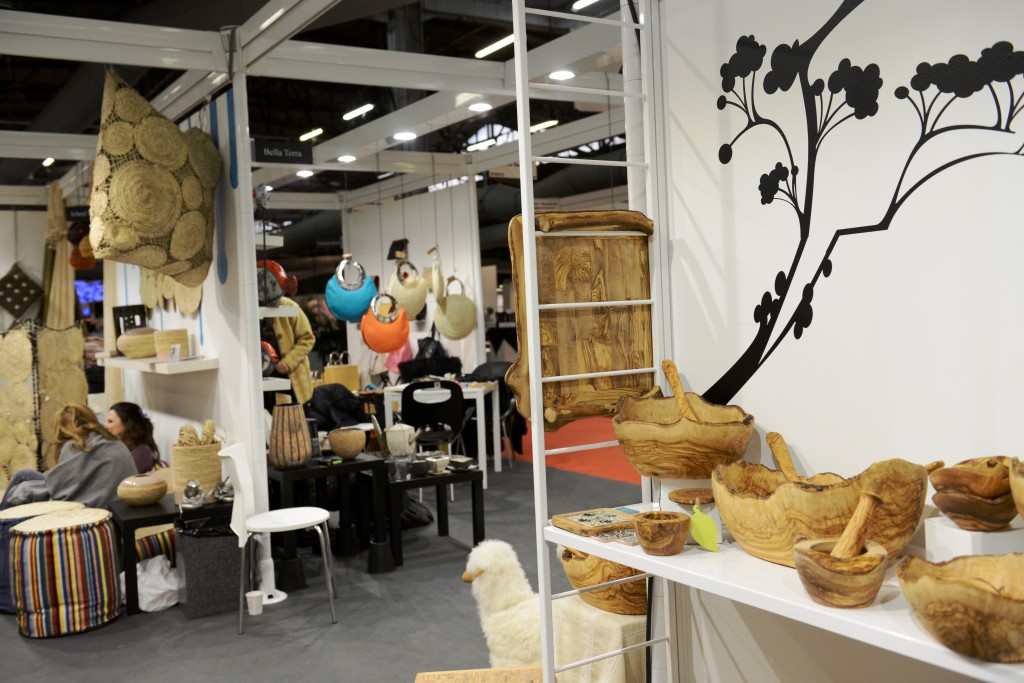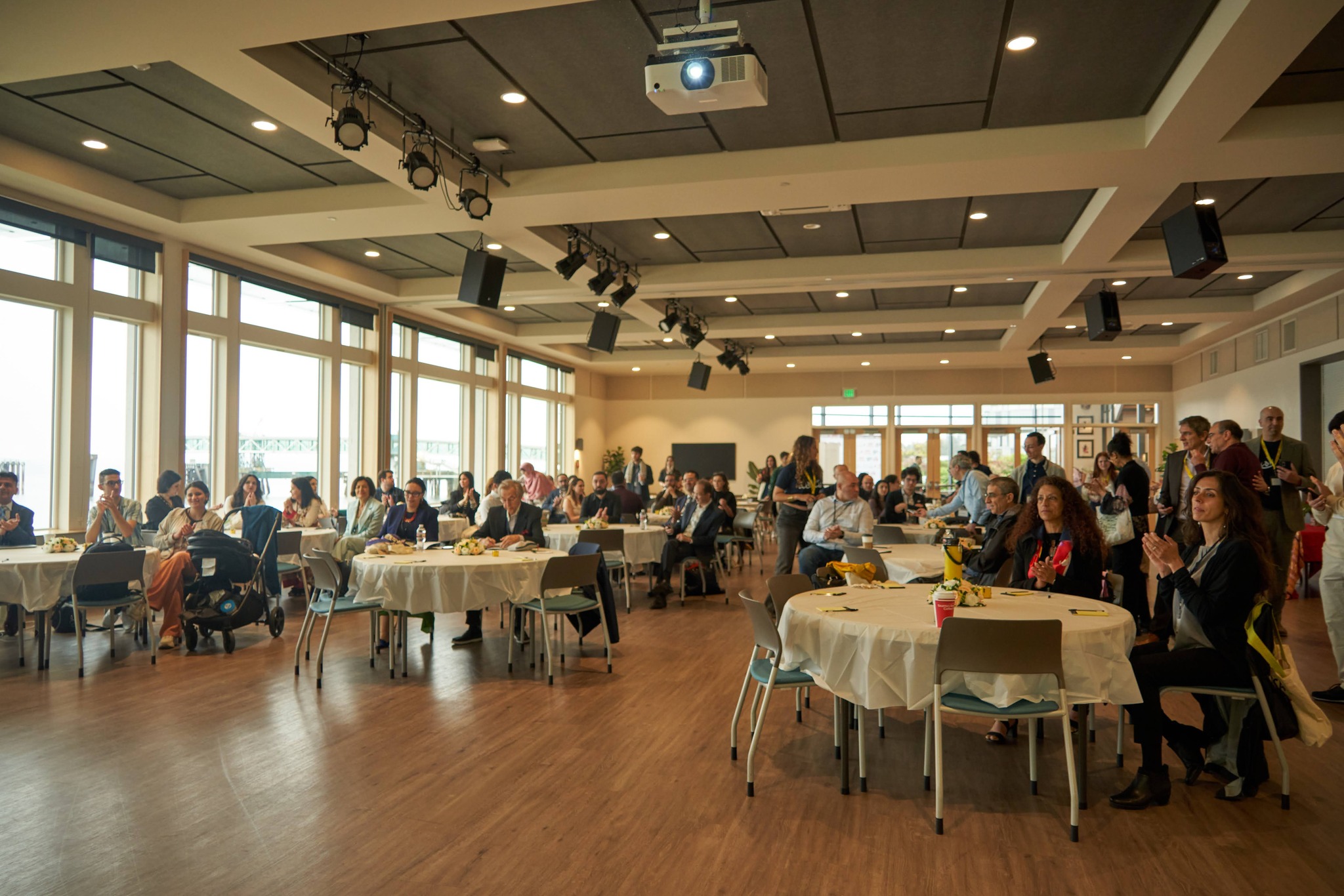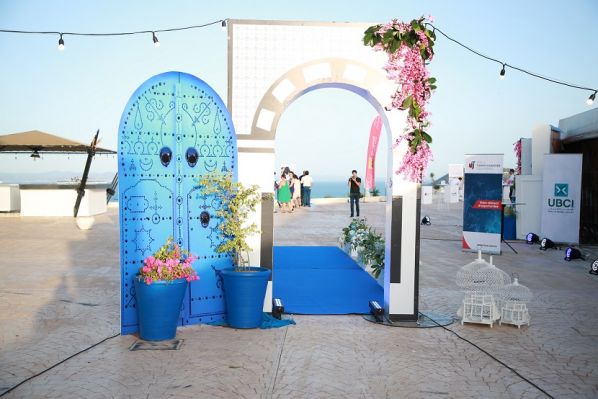TAYP’s Tunisian Handicraft Export Program to the US

The handicraft sector is critical to Tunisia’s economy, especially for women and youth living in the impoverished interior regions. For decades, the Tunisian government tried to export those handicrafts to Western countries. Exports to the United States, in particular, have consistently failed to meet expectations for one recurring reason. The consultants or organizations designing and implementing these handicrafts export programs, often had limited knowledge about the US market and brought a supply approach that failed to account for market specifics, and key requirements such as taste, color, seasonality of demand, the complexity of marketing to the US wholesalers and distributors, and basic regulatory compliance.
Previous consultants working in this sector brought available handicrafts to the US with the sole purpose of making quick sales rather than focusing on a long term, sustainable strategy. This was not because of bad intentions but rather due to a lack of familiarity with standard US business practices, including how retail and wholesale markets operate.
TAYP Handicraft Export Program’s Approach
In 2012, TAYP was awarded a Tunisian handicraft export program focused around these key principles:
(1) A deep cooperation between our diaspora association (more then 300 Tunisian American professionals including 55 members living in Tunisia), the government and the governmental institutions in charge of handicrafts (including ONA, the federation of handicraft producers, and CEPEX)
(2) Leveraging the numerous talents of diaspora members, including marketing specialists, designers, supply chain experts, and ICT professionals. TAYP’s lead handicraft project manager, for example, is a marketing professor at the University of Tennessee. His counterpart in Tunis has a degree in international trade and great experience in this field.
(3) A need to educate and train selected artisans prior to their arrival in the US in subjects like design, sales, business communication and basic business English
(4) Handicrafts for sale in the US were selected by US specialists, as mandated by TAYP, people who understood the trends, the colors, the shapes etc. One key finding was that the traditional handicraft products (chachia hat, sidi bou said bird cage, camels) were outdated and no longer sell, while items useful in everyday life such as jewelry, scarves, cushions, would perform better in the US export market. As a consequence one of the selection criteria for artisans was that they produced the following types of handicrafts: mosaics, accessories, textile, vegetable fiber products, copper, olive wood, carpet, artistic pottery, furniture, and ceramic.
(5) TAYP created a follow-up evaluation methodology with retailers and wholesalers to create long-term relationships. Professional, consistent follow-up is nearly equally important to building the initial relationship. TAYP’s diaspora professionals within the US supported and empowered each artisan in their follow up wholesalers
(6) TAYP’s ability to gain the best “deals” within the US given the proximity of members and our ability to negotiate locally for the best-placed booths or to obtain bulk discounts on trade shows.
(7) The realization by the Tunisian government that in order to sustain these programs, they need to include the US trade shows in their yearly program, which they implemented after just one year, and realization that applying for fair trade certification could be a game changer for many additional Tunisian artisans (TAYP filled the application and helped secured a certification from the World Faire Trade Organization)
Program’s impact. The Handcraft Export Initiative project sponsored by the US Embassy in Tunisia (ESF), has benefited 561 Tunisian artisans, and impacted the lives of an additional 386 female artisans located in rural areas. The Handicraft Export Initiative has a direct, indirect and induced impact on the lives of artisans, their families and the local economy. This project has impacted more than 17 different Tunisian regions. Initially, TAYP proposed to work with eight artisans. However, thanks to efforts of the local partners and the dedication of the local artisans, the number of project’s participants kept increasing to 31. The impact of the project was not limited to the hours of training or to the financial support the artisans received. The project generated several layers of direct, indirect and induced impact that can be measured at the economic and the social level.
Direct Impact. Sharpened the marketing and management skills of 31 artisans/entrepreneurs and 8 government employees. During the World Nomads trade show, Souk event in May 2013, TAYP selected products from 18 artisans and displayed them in one of the most prestigious areas of Manhattan, in New York. Eight artisans attended the summer session of NY Now Artisan Resource section, one of the largest gift fairs in the world. In January 2014, 9 artisans attended the winter session NY Now Artisan Resource section (sponsored by ONA). Five of them participated for the second consecutive time and three were first-time attendees. During the August 2014, 2 project participants attend the NY Now Artisan Resource show for the third consecutive time. One trade show in New York City generated actual sales of about $62,000 with back order volumes of approximately $350,000. This single trade show opportunity retained 200 Tunisian jobs and created an additional 10 jobs.
Indirect impact. The services and benefits directly received by over 30 artisans, worked its way backward through the supply chain and impacted the lives of over 500 artisans and individuals. Participation in World Nomads, Souk event and in the Artisan Resource trade shows strengthened and sustained the economic impact of the participants on the Tunisian economy, retaining 500 jobs and producing ~$550,000 in sales revenue. Artisans expect being able to create 20 new direct jobs and maintained more than 500 jobs. Artisans introduced 10 different handcraft product families to the U.S. market impacting over 17 Tunisian regions, 561 artisans and an estimated 60 different suppliers.
related news




About the author
Anis Mnif